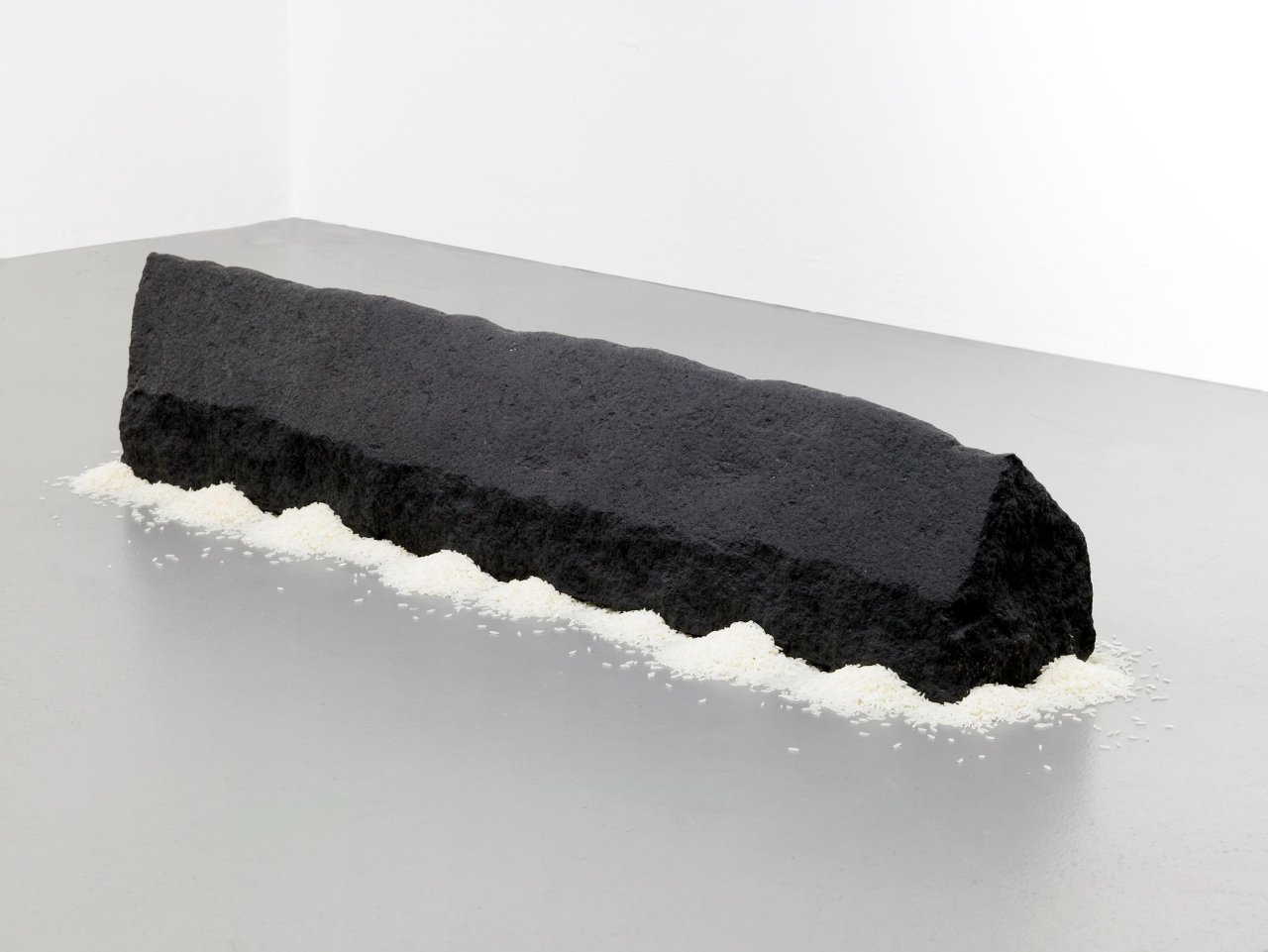We would like to thank Buchmann Galerie, Berlin, for kindly providing additional information.
Exhibition
Solunallets. Berlin, St. Matthäus-Kirche, 2008-2009
Since the late 1970s, Wolfgang Laib has been developing a unique artistic language of powerful effect. Using natural materials such as pollen, milk, wax, stone or rice, he creates works which through their clear and restrained formal vocabulary, unfold a spiritual, almost meditative presence and quiet intensity.
Born in Metzingen in 1950, Laib initially studied medicine. However, after the completion of his studies, he decided against a medical career and turned to Sanskrit and Indian philosophy. His engagement with different ways of thinking and perceiving—beyond the boundaries of the physical—has shaped his entire artistic practice.
Laib’s method of working follows a reduced, almost ritual choreography, standing in contrast to the often flashy, effect-driven mechanisms of the Western world. For example, for decades, the artist has been devoting himself to meticulously collecting pollen in the meadows and fields of his surroundings, to later accumulate it into colour-intensive, geometric arrangements. In his often serial works, Laib retuns to the same materials and forms again and again, refraining from bringing his series of works to a definitive close.
Alongside his pollen works, the Rice Houses also belong to one of the central groups within Laib’s oeuvre. Since 1984, Laib has been creating these archaic, graceful, enclosed stuctures, surrounded by cone-shaped mounds of rice. Formally, the rice houses are reminiscent of Far Eastern reliquaries, which—stripped of their ritual function—are transformed into sculptural presences. In Laib’s work, the rice, a symbol of fertility, friendship, and good fortune in many cultures, becomes a bearer of quiet, potential energy. At the same time, the basic human needs for shelter and nourishment resonate gently within the work.
Today, Wolfgang Laib is regarded as one of the most relevant artists of his generation. His works have been exhibited in international museums and institutions and have received numerous awards. In their reduction and contemplative power, they unite a Western minimalist formal language with a spirituality inspired by Eastern thought and aesthetics. At the same time, Laib’s work is deeply rooted in nature—in its rhythms, cycles, and quiet gestures. Since the beginning of his artistic career, Wolfgang Laib has persistently posed profound and continually relevant questions about our human existence and our behavior within the context of fragile environments.
Subject to change - Please refer to our conditions of sale.



